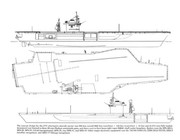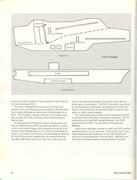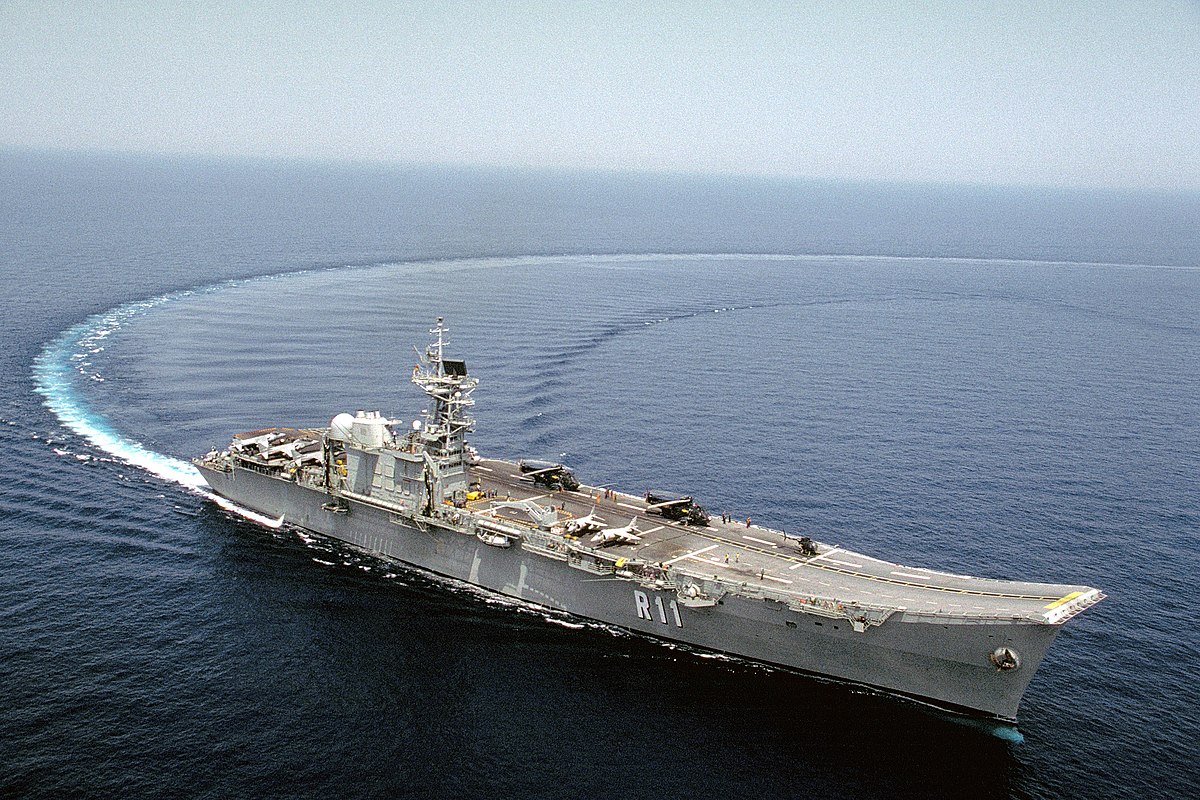As said in the tin. OTL Zumwalt turned an Iwo Jima LPH (USS Guam) into a makeshift SCS demonstrator. It worked well enough it convinced Spain to replace their Dedalo with a SCS derivative: the Asturias.
Whatif he went a step further and turned these two Essex carriers into makeshift VSS or CVV demonstrators ?
Or some kind of intermediate design ?
Note: Bunker Hill and Franklin had been severely crippled by kamikazes in spring 1945. They survived and were 100% repaired by 1947. Only to spend the next 20 years waiting for a massive rebuild that never come. They were stricken in 66' but BH lasted until 1973.
Whatif Zumwalt atempted that rebuild... his own unique way, turning them into SCS VSS or CVV wannabees ?
Whatif he went a step further and turned these two Essex carriers into makeshift VSS or CVV demonstrators ?
Or some kind of intermediate design ?
Note: Bunker Hill and Franklin had been severely crippled by kamikazes in spring 1945. They survived and were 100% repaired by 1947. Only to spend the next 20 years waiting for a massive rebuild that never come. They were stricken in 66' but BH lasted until 1973.
Whatif Zumwalt atempted that rebuild... his own unique way, turning them into SCS VSS or CVV wannabees ?




